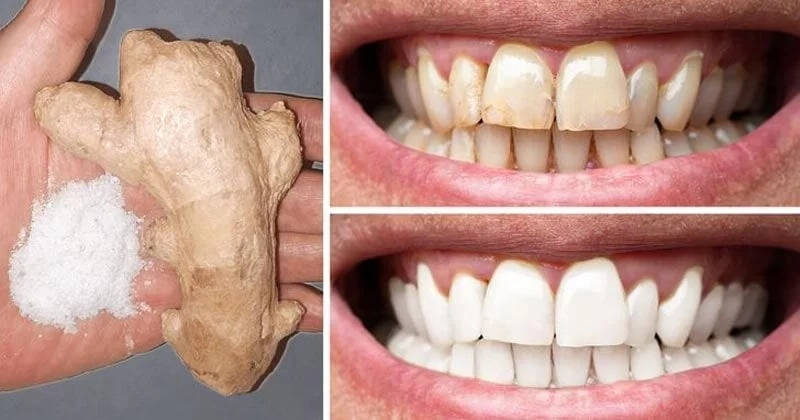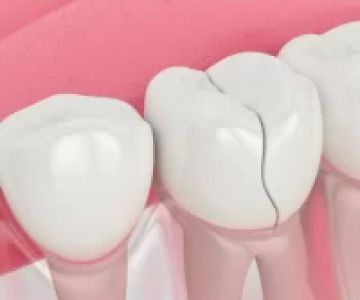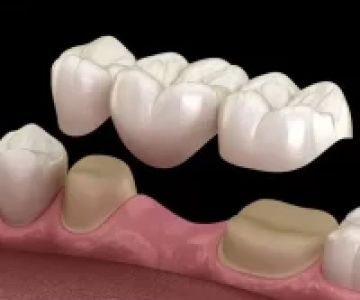
Effective DIY Teeth Whitening Remedies You Can Try at Home
- Teeth Whitening Home Methods
- Natural Teeth Whitening Remedies
- Importance of Dental Hygiene in Teeth Whitening
- Best Products for Teeth Whitening
1. Teeth Whitening Home Methods
DIY teeth whitening remedies are an affordable and convenient way to brighten your smile without professional treatments. While store-bought products can be expensive, home remedies are both effective and easy to incorporate into your routine. Many people have successfully used common household ingredients to achieve noticeable whitening results. Below are some of the most popular methods:
1.1 Baking Soda and Hydrogen Peroxide
Baking soda is one of the most popular ingredients used in DIY teeth whitening. Its mild abrasive properties help remove surface stains from your teeth. When combined with hydrogen peroxide, a natural bleaching agent, it can lighten teeth effectively. A simple paste can be made by mixing baking soda and a small amount of hydrogen peroxide, then applying it to your teeth for a few minutes before brushing it off.
1.2 Activated Charcoal
Activated charcoal has become a trendy option for teeth whitening. It works by binding to plaque and toxins on your teeth, which can help in reducing stains and brightening your smile. Using a charcoal powder treatment is simple—just apply the powder to your toothbrush and gently scrub your teeth for about two minutes, then rinse thoroughly.
1.3 Coconut Oil Pulling
Oil pulling is an ancient Ayurvedic practice that involves swishing oil in your mouth to remove toxins and bacteria. Coconut oil is a natural anti-bacterial agent, and regular oil pulling can help to reduce plaque buildup and whiten teeth. Swish a tablespoon of coconut oil around in your mouth for 10–15 minutes for the best results.
2. Natural Teeth Whitening Remedies
If you prefer natural ingredients, there are several remedies that can whiten your teeth without the use of harsh chemicals. These remedies are typically gentler on your enamel and can still yield noticeable results over time.
2.1 Apple Cider Vinegar
Apple cider vinegar (ACV) is another household item that has been used for teeth whitening. Its acidic properties can help break down stains and plaque. However, it’s essential to use ACV in moderation, as prolonged exposure can wear down tooth enamel. Dilute it with water and use it as a mouth rinse once a week.
2.2 Strawberries
Strawberries contain malic acid, which can help remove surface stains. Some people mash up a strawberry and rub it directly on their teeth or mix it with baking soda to create a whitening paste. While this method can be effective, it’s important to follow up with a regular brushing routine to avoid sugar residue.
3. Importance of Dental Hygiene in Teeth Whitening
While DIY remedies can help whiten your teeth, maintaining good oral hygiene is essential for long-term results. Regular brushing, flossing, and visiting your dentist for professional cleanings play a crucial role in keeping your teeth bright and healthy. Whitening treatments can remove stains, but without proper care, your teeth will quickly become stained again.
3.1 Brushing and Flossing
Brushing your teeth at least twice a day with a fluoride toothpaste is essential for removing surface stains and preventing new ones from forming. Flossing daily helps remove plaque and food particles from between your teeth, areas that a toothbrush can’t reach.
3.2 Professional Dental Cleanings
Even if you’re diligent with your at-home care, professional dental cleanings should still be part of your routine. A dentist or hygienist can remove stubborn stains and plaque buildup, making it easier for DIY treatments to work more effectively.
4. Best Products for Teeth Whitening
In addition to DIY methods, there are several over-the-counter teeth whitening products that can help enhance your results. These products often contain hydrogen peroxide or carbamide peroxide, which are effective whitening agents. Here are a few popular options:
4.1 Whitening Strips
Whitening strips are one of the most convenient and effective products for at-home teeth whitening. They are thin, flexible strips coated with a whitening gel that you apply directly to your teeth. Many brands offer strips that provide professional-level whitening in just a few days.
4.2 Whitening Toothpastes
Whitening toothpastes typically contain mild abrasives or chemical agents that help remove surface stains. While they might not produce dramatic results, they are an easy way to maintain a bright smile on a daily basis.
Interested in learning more about the best ways to keep your smile shining? Explore a wide range of teeth whitening products at Dentistry Toothtruth and discover professional solutions that can give you the results you’ve been looking for.







 Corona Hills Modern Dentistry and Orthodontics4.0 (137 review)
Corona Hills Modern Dentistry and Orthodontics4.0 (137 review) The Endodontic Group: Milford4.0 (46 review)
The Endodontic Group: Milford4.0 (46 review) Orthodontic Care of Washington - Tacoma4.0 (327 review)
Orthodontic Care of Washington - Tacoma4.0 (327 review) Comfort Dental Raytown4.0 (162 review)
Comfort Dental Raytown4.0 (162 review) Allan S. Mohr DDS, Smile Creations4.0 (237 review)
Allan S. Mohr DDS, Smile Creations4.0 (237 review) North Atlanta Family Dentistry4.0 (482 review)
North Atlanta Family Dentistry4.0 (482 review) The Importance of Oral Health Education During Pregnancy for a Healthy Pregnancy
The Importance of Oral Health Education During Pregnancy for a Healthy Pregnancy Best Tips for Brushing Your Teeth Properly for Healthy Gums: Essential Techniques for Oral Health
Best Tips for Brushing Your Teeth Properly for Healthy Gums: Essential Techniques for Oral Health Why Skipping Dental Checkups Can Lead to Bigger Oral Health Problems
Why Skipping Dental Checkups Can Lead to Bigger Oral Health Problems Advantages of Porcelain Dental Restorations
Advantages of Porcelain Dental Restorations How Can Diabetes Cause Tooth and Gum Problems? Preventing and Managing Oral Health Issues
How Can Diabetes Cause Tooth and Gum Problems? Preventing and Managing Oral Health Issues Healthy Habits for Promoting Good Oral Health and Hygiene: Tips for a Healthy Smile
Healthy Habits for Promoting Good Oral Health and Hygiene: Tips for a Healthy Smile